| With the passing of Sir Winston Churchill [January 1965], several human interest stories of a minor character come to mind. They concern his journey in August 1941 to meet with President Roosevelt at Placentia Bay, Newfoundland. This meeting, as we all know, resulted in the momentous Atlantic Charter. I was privileged to serve on his staff whilst embarked in the battleship Prince of Wales for the trans-Atlantic crossing to and from Placentia Bay. Taken on the quarterdeck of the Prince of Wales, shows Sir Winston taking a constitutional with Harry Hopkins during a lull in the bad weather which plagued the crossing. Also shown are Admiral Sir Dudley Pound (Chief of Naval Staff) General Sir John Dill (Chief of the Imperial General Staff) and Air Vice-Marshal Freeman (Vice-Chief of the Air Staff) |
|
By Lieutenant Hugh E. Fackrell, RCNR of St. Thomas
0 Comments
Surprise PassengerThe next event worth mentioning was that we were very surprised to receive Mr. Winston Churchill, whom we transported to Placentia Harbour in Newfoundland, where he met Roosevelt for what is now called the Atlantic Charter meeting. We were a private ship, no flag officer carried; however we had a tremendous amount of brass present on this occasion: all the Chiefs of Staff and a myriad of staff officers who were in Churchill’s entourage.
A Canadian in the Royal Navy When the war was declared in 1939, I was in Noranda, Quebec, in a gold and copper mine. I came back from there in September to complete my final year in Physics at the University of Western Ontario. We had just started the University year when we were approached by the head of the Physics department to see if we were agreeable to having our syllabus altered to give emphasis to electronics. If you recall in those days electronics, certainly at Western, was a post-grad course, not an undergrad course. We agreed. RAF Scoops Electronic Talent RN Looks to Canada This request had really originated with the Royal Navy, who had been unable to find any electronic talent at home because, I gather, all of it had been bought up by the RAF. The RN appealed to the Royal Canadian Navy, who in turn approached the National Research Council. Things proceeded as one might expect, until somewhere about February 1940. I then met the first naval officer I had ever seen, one Lieutenant-Commander Finch-Noyes. He made it known to us that in a relatively short time we would be proceeding to service with the Royal Navy in certain not very clear duties. There appeared to be a great deal of secrecy involved. We attested the 24th of April and I became an acting Sub-Lieutenant, in the RCNVR [Royal Canadian Navy Voluntary Reserve].
The Answer is Often: |
| We will never know why a very young Canadian seaman, ‘Bud’ Bridgman, volunteered to remain on lookout aboard HMCS Comox after the search for survivors of the Liberty Ship Martin Van Buren had ceased. Nevertheless, despite the bone chilling fog, Bud continued to scan what parts of the ocean he could see. Sixty six men are very grateful that he did. | Left: Seaman Arthur 'Bud' Bridgman with 'Cookie' aboard HMCS Comox |
Author
The Elgin Military Museum has a vast collection of letters, articles, poems and pictures of veterans and others who served their community over a period of two hundred years.. This blog is our way of sharing them with you.
Archives
April 2020
February 2020
January 2020
June 2019
March 2019
February 2019
January 2019
December 2018
November 2018
February 2018
December 2017
November 2017
June 2017
May 2017
December 2016
November 2016
September 2016
Categories
All
Air Force
Army
Bridge Too Far
Caterpillar Club
Ceremonies
Christmas
Churchill
Citations
Confidential Book Box
D Day
Devil's Brigade
Dieppe
Elgin Military Museum
Elgin Regiment
Goldfish Club
Italian Campaign
Late Arrivals Club
Letters
Merchant Marine
Military Camps
Military Cross
Military Medical Care
Momentous Events
Nursing
Obituaries
PPCLI
Radar
Red Cross
Roosevelt
Royal Canadian Navy
Royal Navy
Tanks
Trench Warfare
U Boats
WW I
WW II
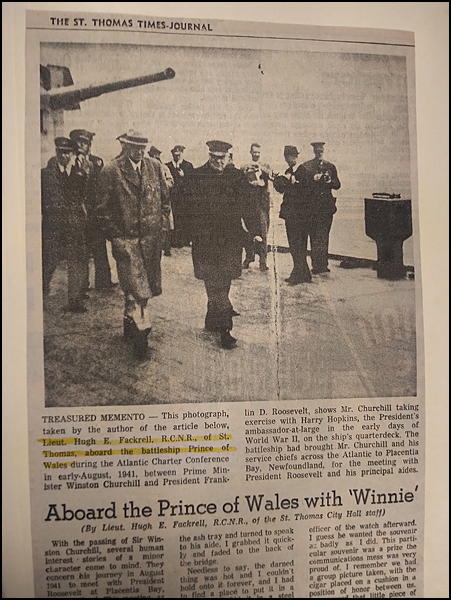
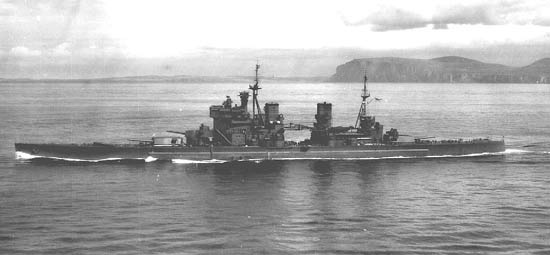
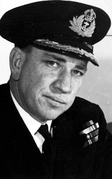
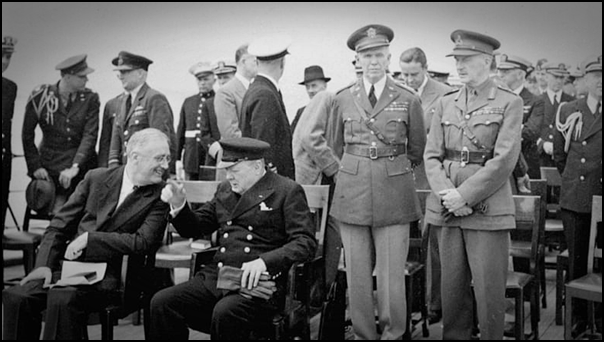
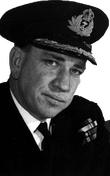
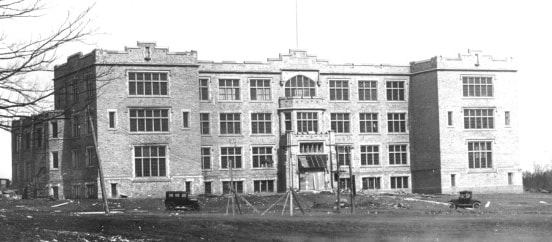
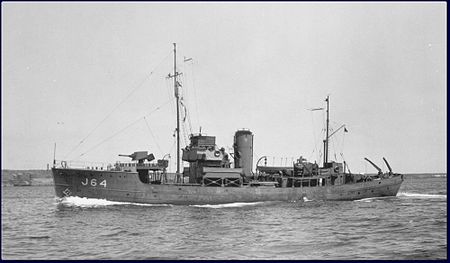
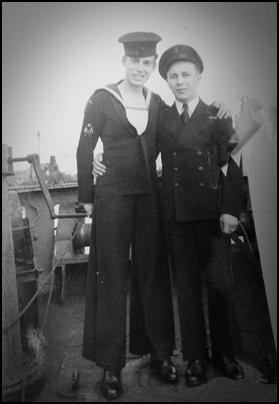
 RSS Feed
RSS Feed